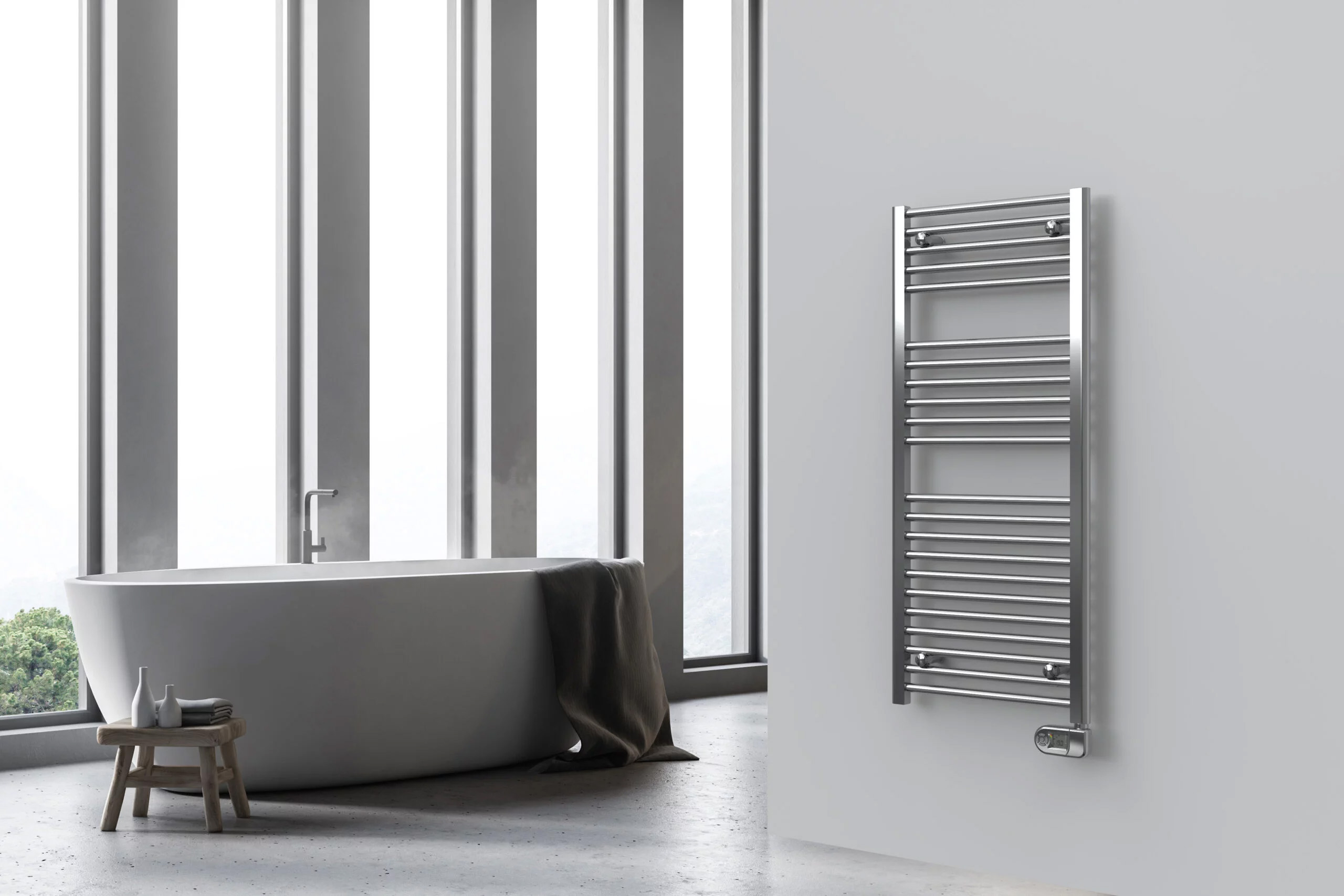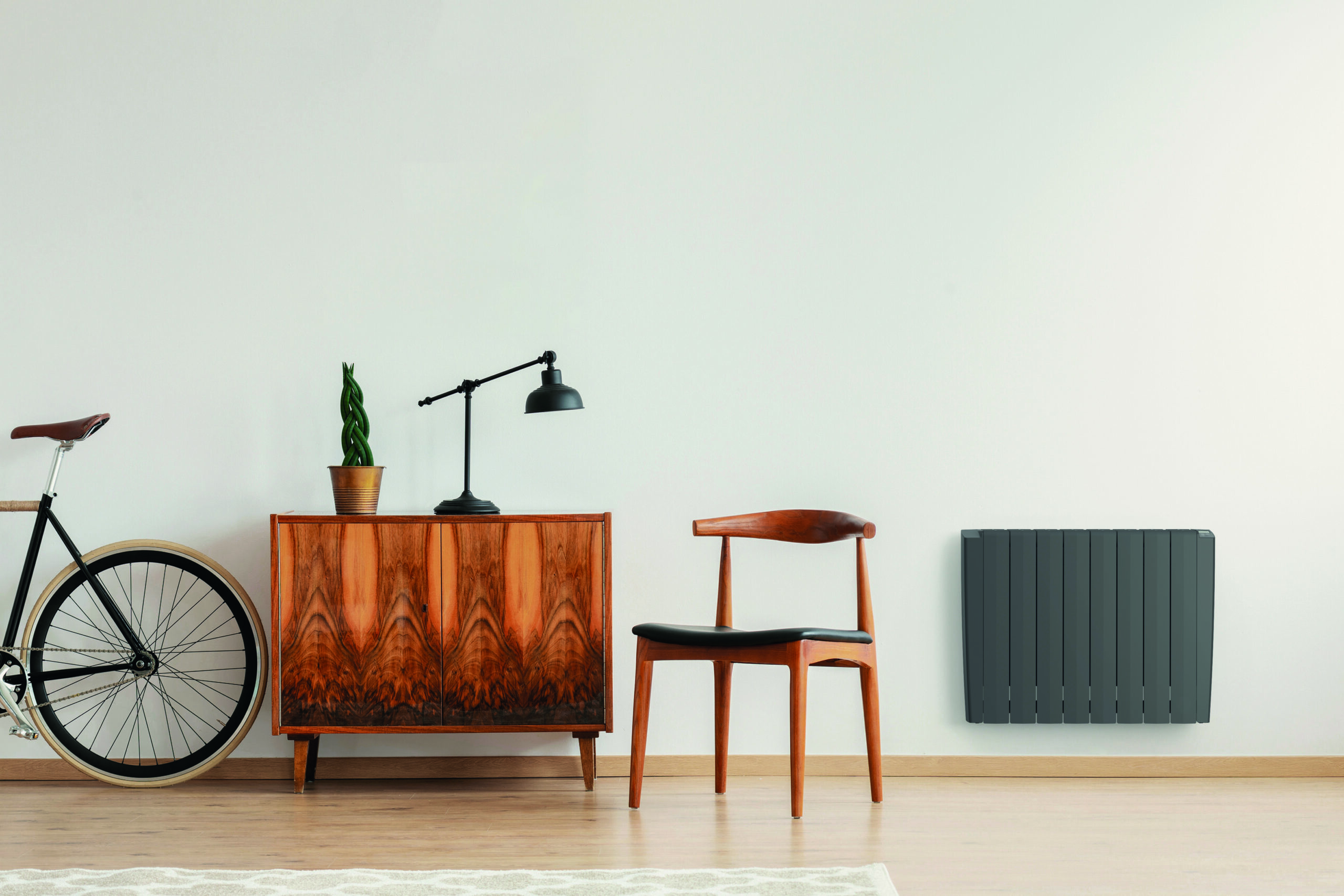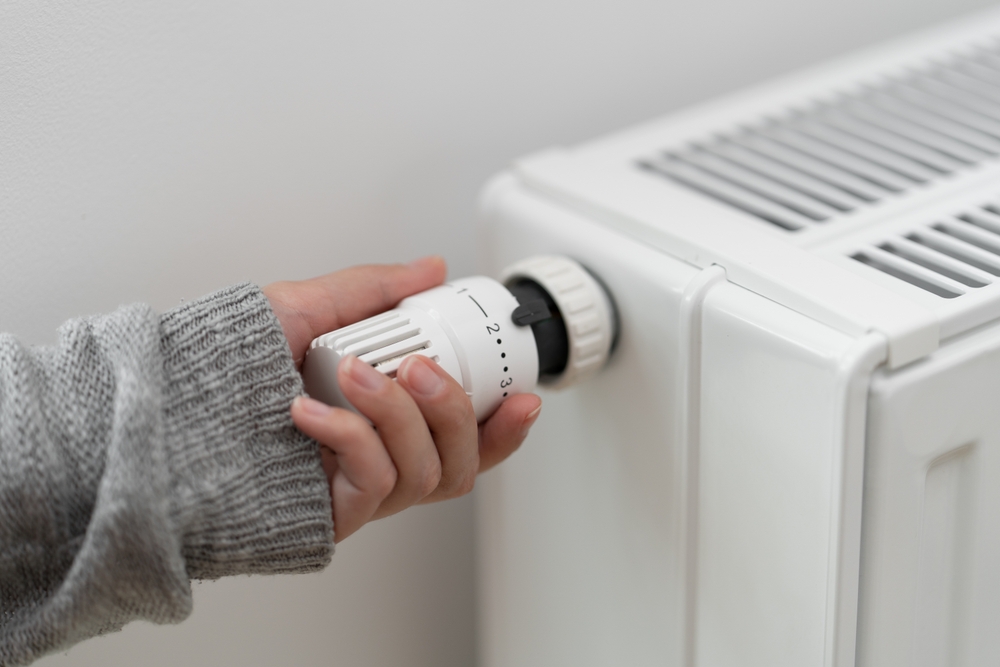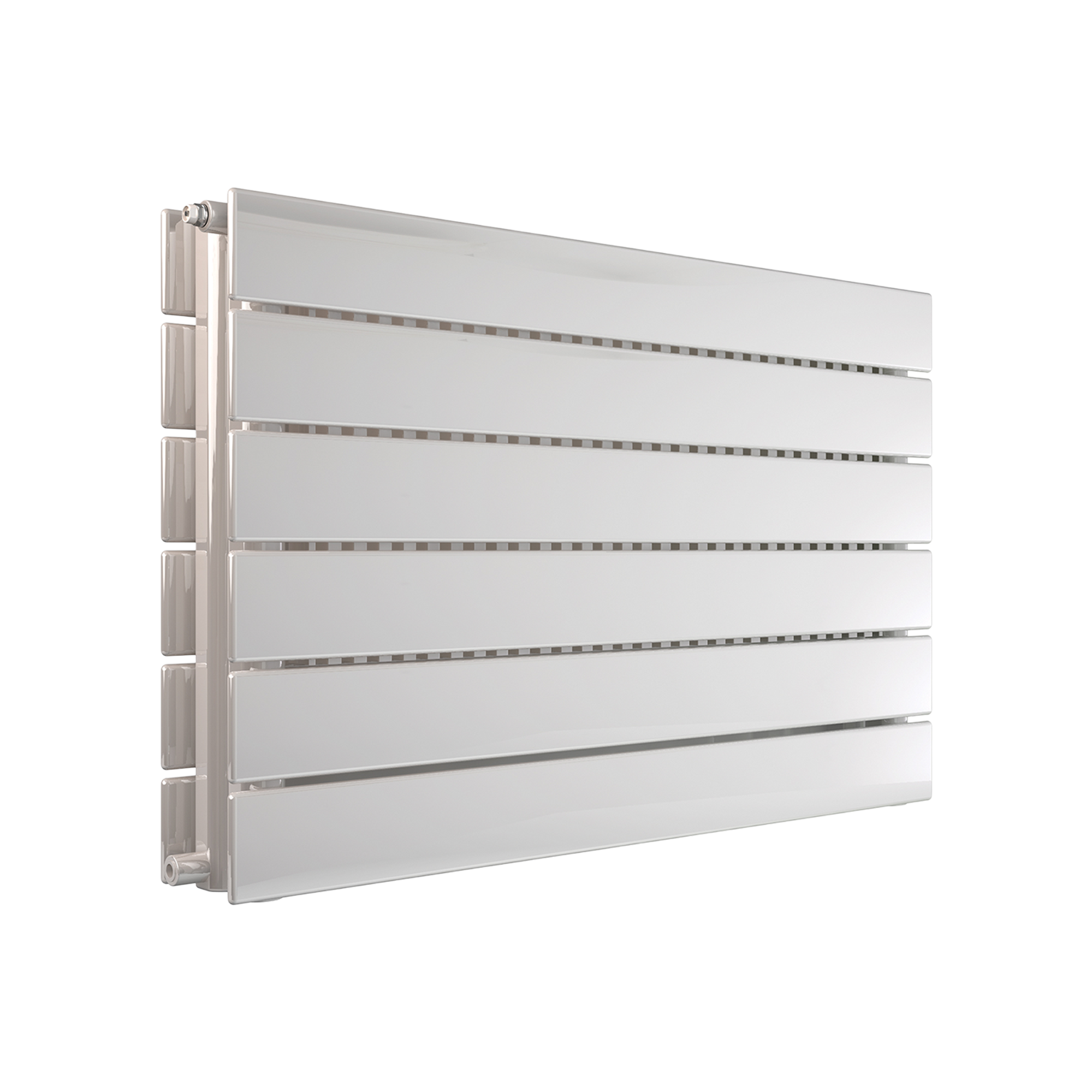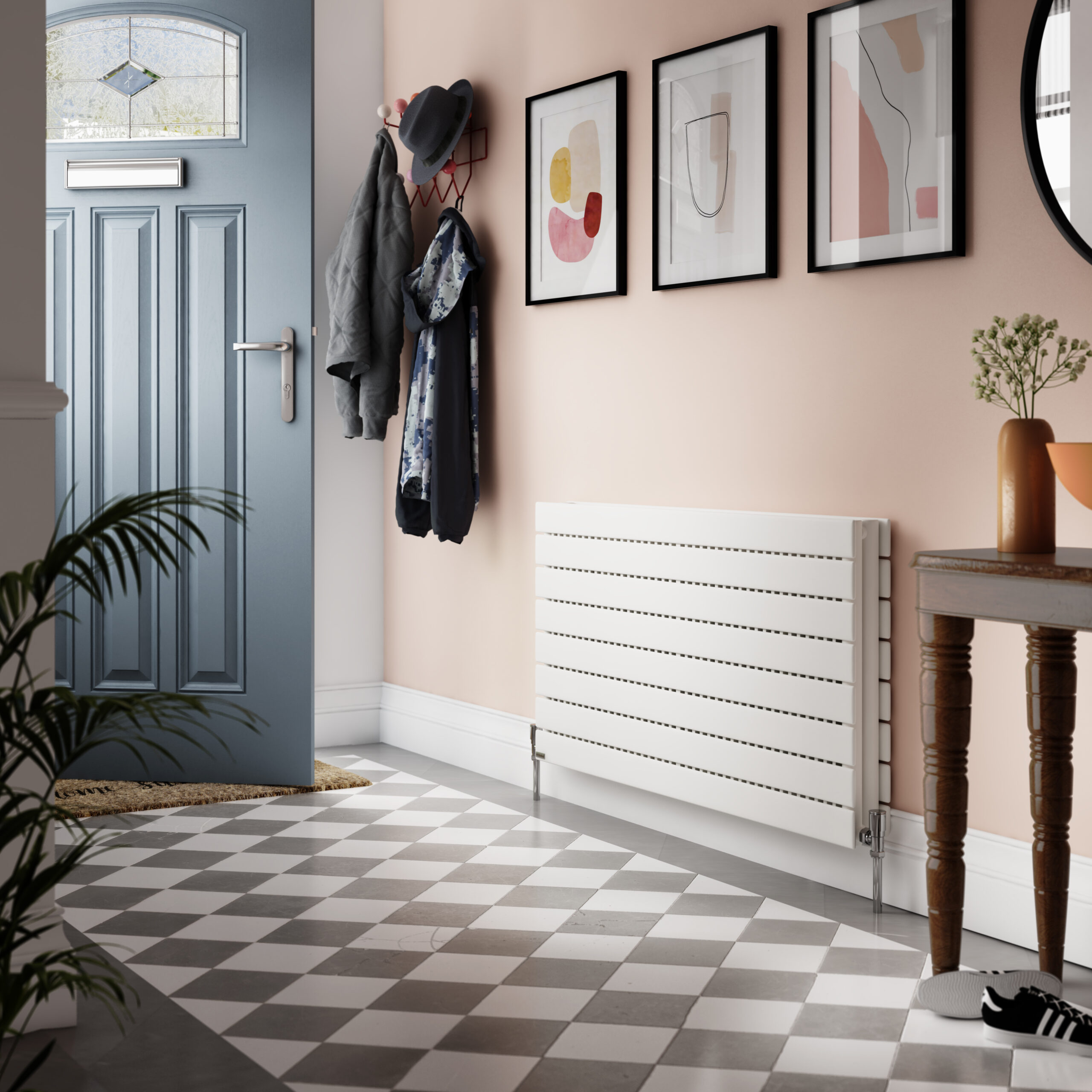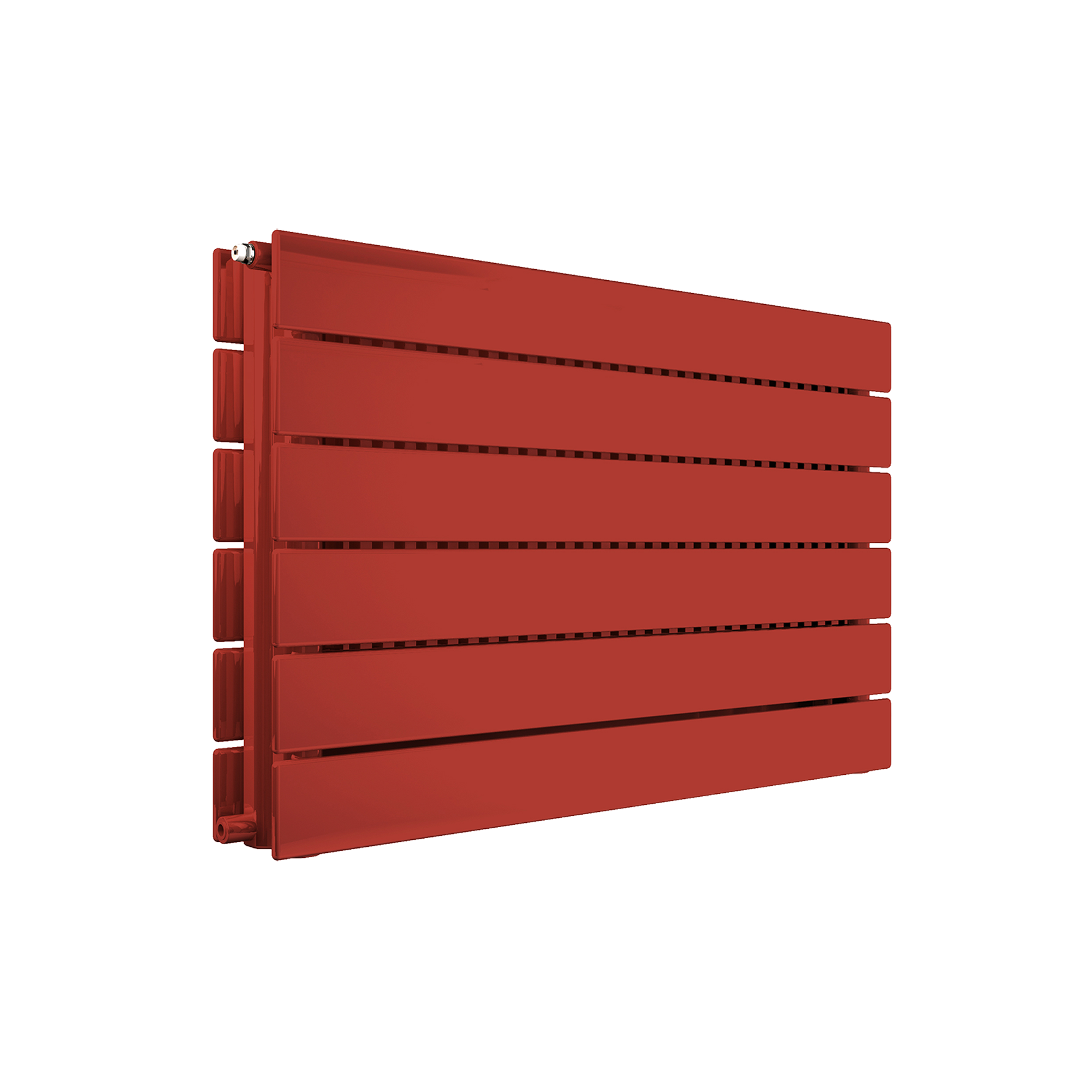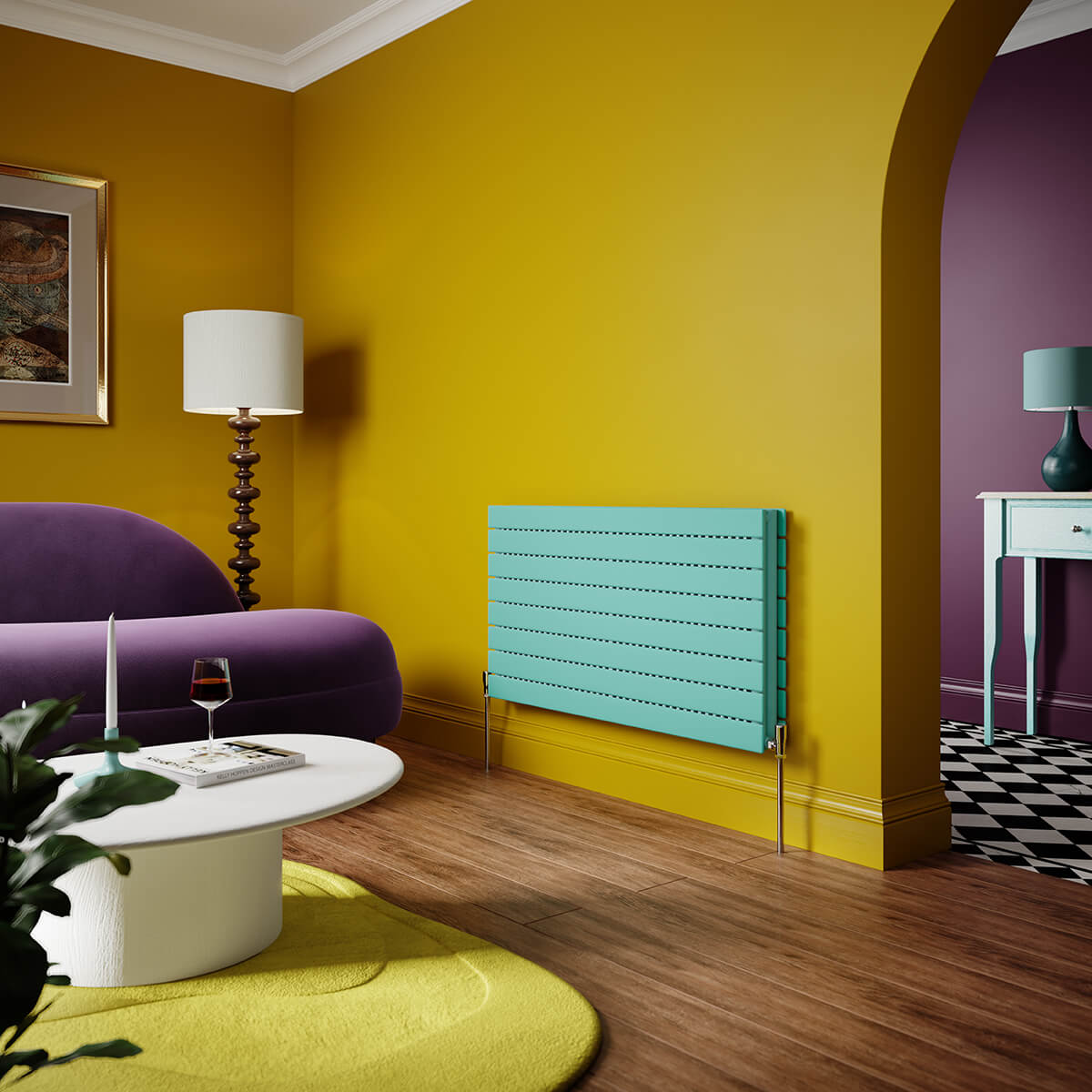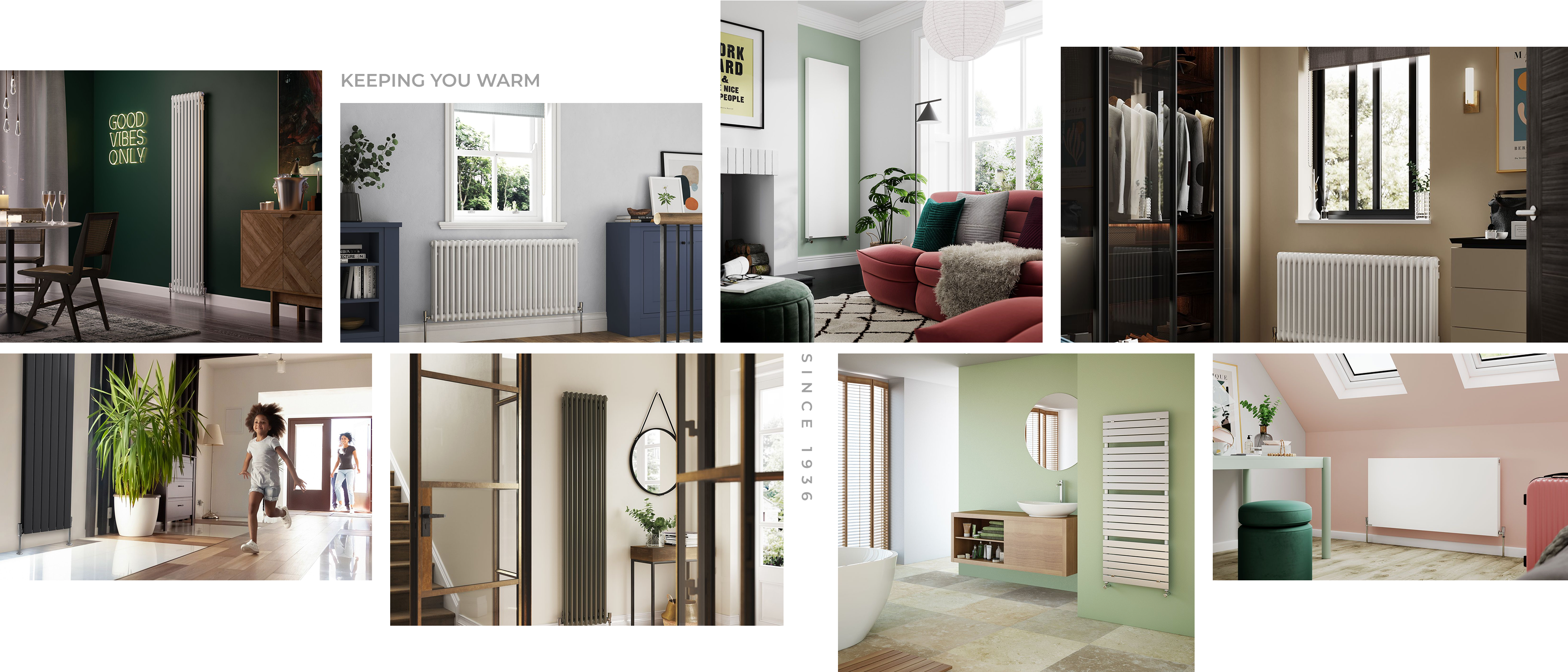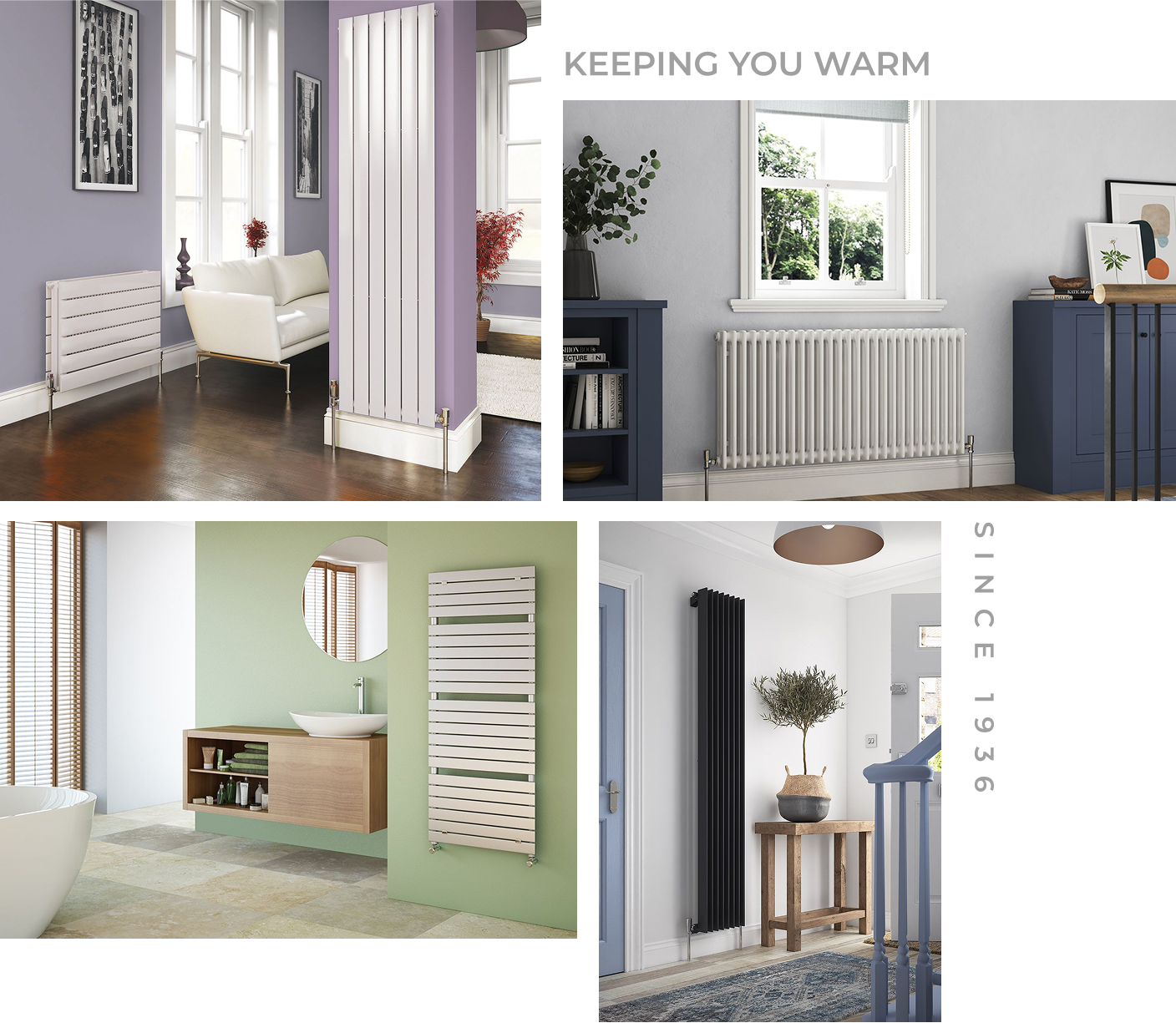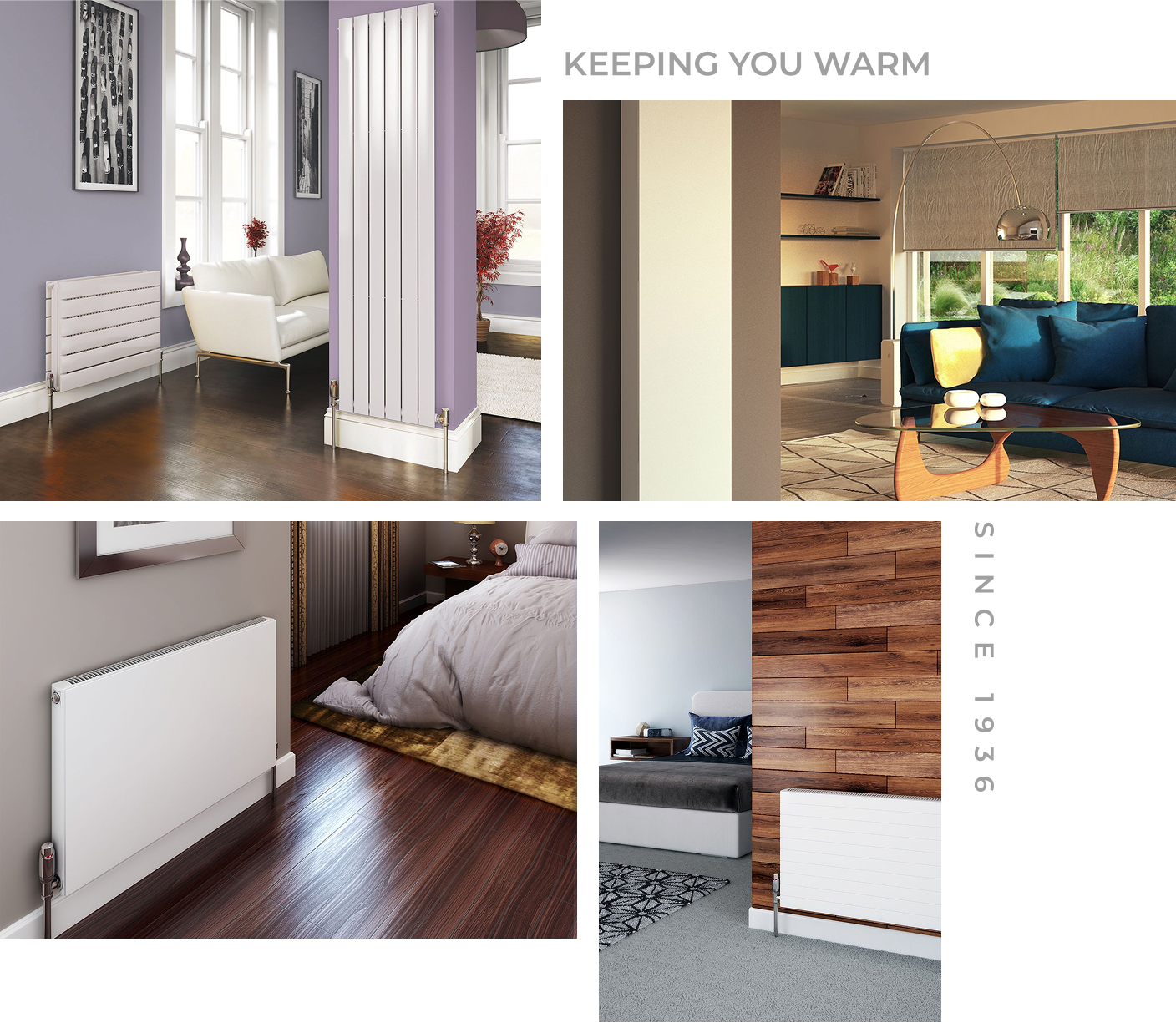A stylish solution to modern home heating.
Choose From Our Collection Of Concord Radiators
Our Concord Plane range introduces a fusion of cutting-edge design and superior functionality, revolutionising home heating. Discover the sleek elegance of concord chrome vertical radiators, bringing a contemporary touch to your space while efficiently distributing warmth. Or, for a blend of luxury and practicality in your home, check out our Concord towel radiators, which combine efficient heating with convenient towel storage. The Concord Radiator series, designed to complement modern interiors, offers a diverse collection that caters to both heating needs and aesthetic preferences. Enjoy the sophistication and innovation of Stelrad designer radiators, perfect for elevating your living space with both style and comfort.
The Stelrad concord plane radiators range is the ultimate heating solution for those seeking both warmth and style. If you desire a heating appliance that not only heats your home efficiently but also adds to its aesthetic appeal, then look no further than the concord plane radiators.
Designed to blend seamlessly with any interior décor, these tube radiators offer a perfect combination of style and practicality. Their sleek, contemporary design will effortlessly complement any room’s ambience, while their impressive heat output will ensure that your home stays cosy and warm all year round.
But a Stelrad concord plane radiator offers more than just practicality. They also serve as stunning art pieces, adding a touch of elegance and sophistication to your living space. With their eye-catching design, our Stelrad concord plane horizontal radiators will undoubtedly draw the attention of anyone who enters your home.




